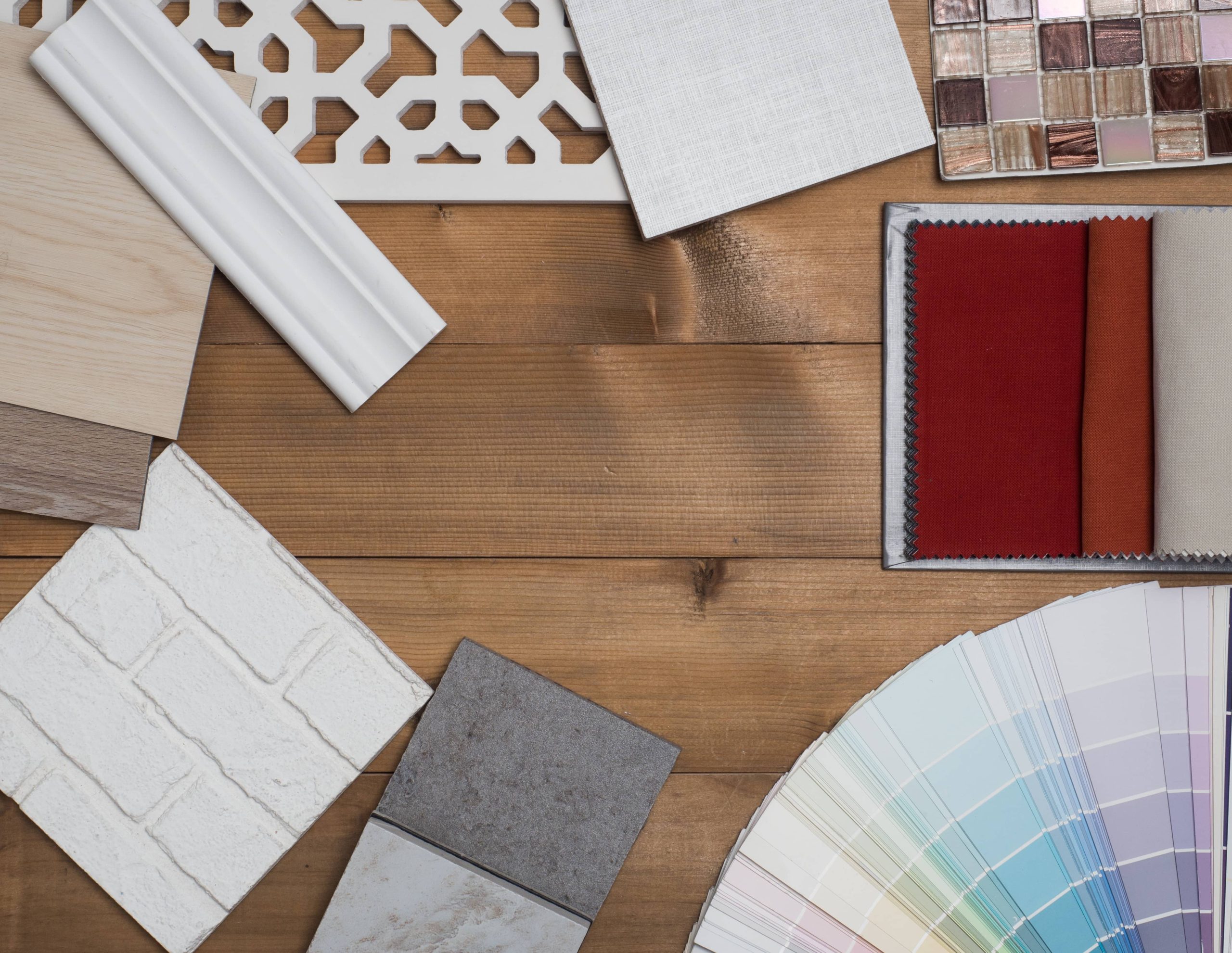
Choosing the right flooring for your home is a vital decision that affects the aesthetics, functionality, and value of your living space. In the realm of home improvement and interior design, flooring options such as carpet, hardwood, and tile are among the most popular choices. Each of these materials offers a unique set of advantages and disadvantages. This blog post will delve into the distinct characteristics of carpet, hardwood, and tile flooring to help you make an informed decision tailored to your needs and lifestyle.
Carpet Flooring
Advantages
1. Comfort and Warmth: Carpet flooring is synonymous with comfort. It provides a soft and cushioned surface, making it ideal for areas where you need warmth and coziness, such as bedrooms and living rooms. Carpet’s insulating properties help retain heat, which can reduce energy costs during colder months.
2. Sound Absorption: Carpet is renowned for its ability to dampen noise. It reduces sound transmission between floors, making it an excellent choice for multi-story homes or apartments.
3. Safety: The plush nature of carpet helps provide a non-slip surface which is beneficial in homes with children or elderly individuals, as it reduces the risk of injuries from falls.
4. Variety and Style: Carpets come in a plethora of colors, patterns, and textures, offering endless design possibilities to match your home’s décor.
Disadvantages
1. Maintenance and Cleaning: Carpets can be challenging to maintain, as they tend to trap dust, dirt, and allergens. Regular vacuuming and occasional deep cleaning are necessary to keep carpets looking fresh.
2. Durability: Compared to hardwood and tile, carpet tends to wear down quicker and may need to be replaced more frequently, especially in high-traffic areas.
3. Stain Sensitivity: Carpet is more prone to stains from spills and pets, which may require professional cleaning or result in permanent damage.
Hardwood Flooring
Advantages
1. Aesthetic Appeal: Hardwood floors exude natural beauty and elegance. They add warmth and character to any room and create an inviting environment.
2. Durability and Longevity: With proper care, hardwood floors can last for decades, increasing the long-term value of your home. Scratches and dents can often be sanded out and repaired.
3. Cleanliness and Hypoallergenic: Hardwood does not trap dust, pollen, or other allergens, making it easier to clean and maintain a healthier indoor air quality.
4. Versatility: Hardwood comes in a variety of species, finishes, and colors, allowing for customization and versatility in interior design.
Disadvantages
1. Cost: Hardwood floors tend to be more expensive both in terms of initial installation and maintenance compared to other flooring options.
2. Susceptibility to Moisture: Hardwood is prone to warping and damage in high-moisture areas such as bathrooms or basements. Care should be taken to clean up spills immediately.
3. Noise: Unlike carpet, hardwood flooring can be noisy and may amplify sound within the home, necessitating rugs or runners to dampen noise levels.
Tile Flooring
Advantages
1. Water Resistance: Tile is highly resistant to moisture, making it ideal for kitchens, bathrooms, and other areas prone to spills and humidity.
2. Ease of Cleaning: Tiles are incredibly easy to clean and maintain. They resist stains and scratches, often only requiring regular sweeping and occasional mopping.
3. Variety and Design: Tiles come in an array of materials, including ceramic, porcelain, and stone, and offer a wide range of colors, patterns, and textures to complement any style.
4. Durability: Tile is incredibly durable and can withstand heavy foot traffic, making it a great choice for busy households.
Disadvantages
1. Cold and Hard Surface: Tile can be cold and unforgiving underfoot, which can be uncomfortable without the use of rugs or heated flooring systems.
2. Installation Complexity: Tile installation requires precision and expertise, and improper installation can lead to problems such as cracking and chipping.
3. Grout Maintenance: The grout between tiles can discolor over time and may require periodic sealing and cleaning to maintain its appearance.
4. Weight: Tile is heavy and may not be suitable for upper floors without reinforcement, which can add to overall installation costs.
Conclusion
Choosing the right flooring material for your home involves considering your lifestyle, budget, and aesthetic preferences. Carpet offers warmth and comfort but may require more maintenance. Hardwood floors provide timeless beauty and durability, albeit at a higher cost. Tile flooring offers excellent water resistance and durability but can be cold and hard underfoot. By weighing the advantages and disadvantages of carpet, hardwood, and tile flooring, you can make an educated decision that’s perfect for your home improvement and interior design goals. No matter which option you choose, each flooring type has its merits and can enhance the beauty and functionality of your living space in its own unique way.













